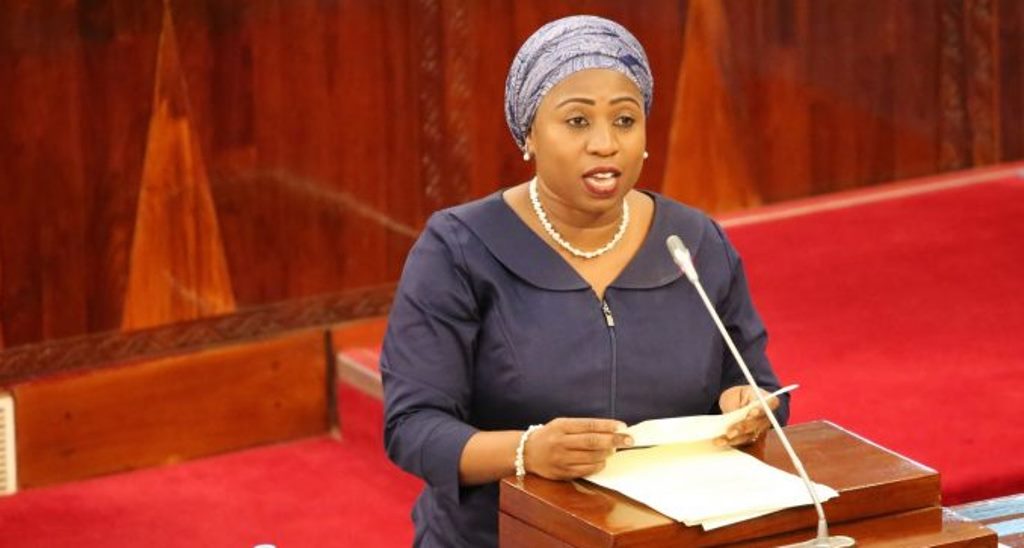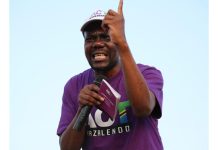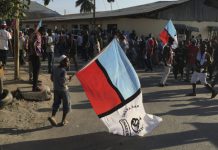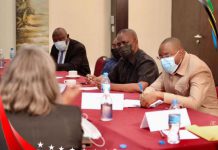AfricaPress-Tanzania: THE government has heightened its internal monitoring systems of patients and health events from the grassroots, besides screenings at ports of entry and border posts.
That was said in Parliament yesterday by the Minister for Health, Community Development, Gender, Elderly and Children Ummy Mwalimu, while responding to Special Seats Member of Parliament Mgeni Kadika (CUF).
She further said the goal was to protect the lives of the citizens at all cost, adding: “We’re monitoring at the community levels, health facilities and other areas on land and water territories.”
In the query, the lawmaker had initially claimed that there are so many diseases in the world, which require different diagnosis methods apart from screening that is common at airports and ports, saying: “What are other actions of the government in place to protect its citizens?”
In her written response, the Minister said monitoring system, which includes the use of the mobile application in reporting health and diseases, was being applied across all centres providing healthcare to the public.
The Minister further explained that the operational costs of running the system was being billed by the Ministry of Health, and this allows healthcare providers to send and receive instant messages without being charged.
Expounding, Ms Mwalimu emphasized that the Ministry strengthened the monitoring system first at the community level, saying: “We engage the community through a toll-free helpline … the ministry’s number allows the member of the community to inform the ministry or Health Centre on any unusual medical or health occurrence in the community.”
In implementation, she said public health officers have also been directed to make constant follow-ups of any information provided either social or mainstream media for the government to take actions.
“Some of the methods used to identify these patients include physical examination, observation, and interrogation and say asking them about their health history to determine risks posed. “Body temperature sensing, examining samples to confirm infections and using a Computerized Tomography (CT) scan are all applied,” she added.







